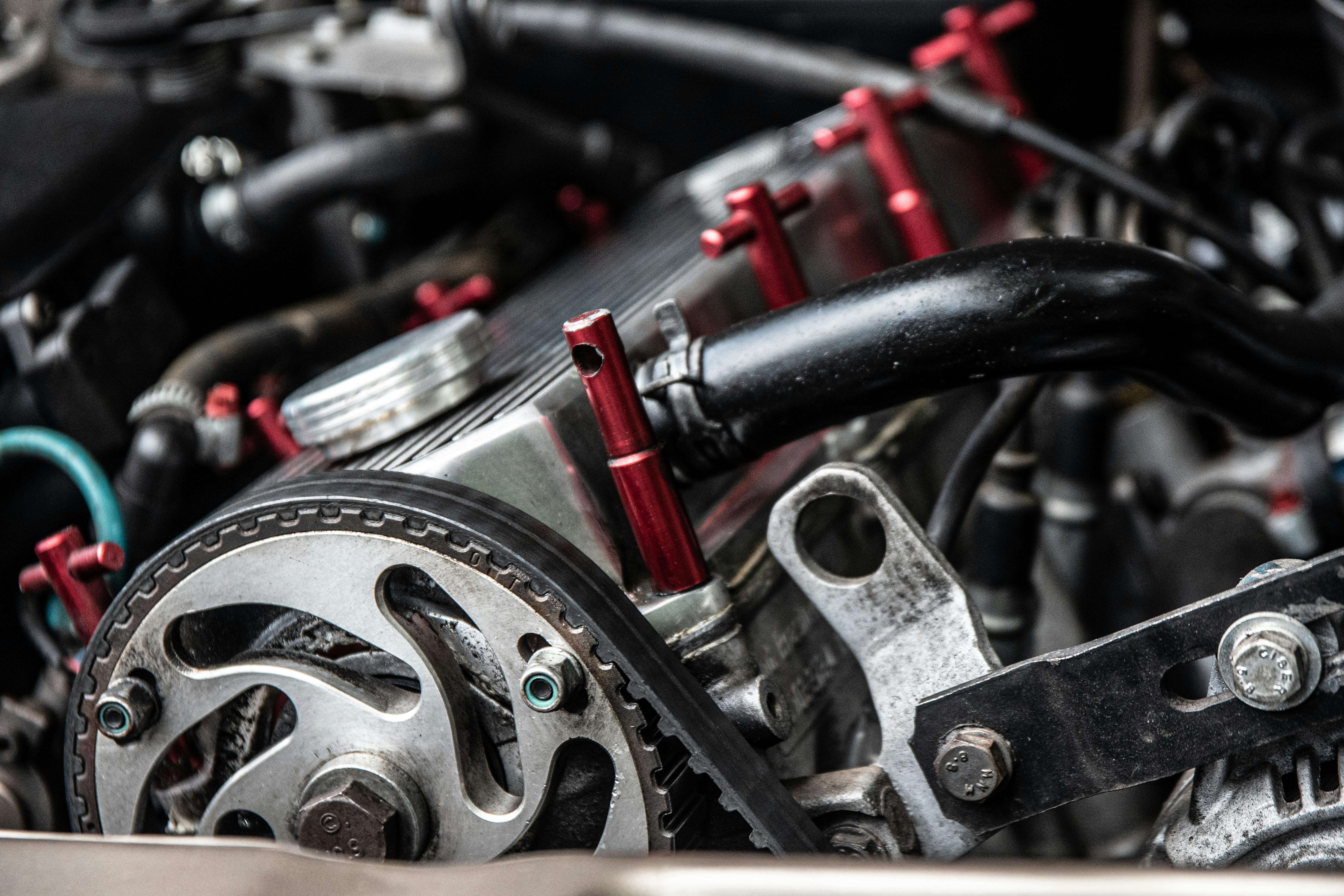
Honda is a dedicated automobile and motorcycle manufacturer that has built a strong reputation for reliability and fuel economy. These characteristics have remained current even in this day of technological advances and material improvements. Modern cars now come equipped with electronic babysitting systems that will prevent you from crashing into a nearby tree, and satellite navigation systems that try to ensure you don’t get lost in the process.
Import automakers have strangely become the default choice for those who want a solid piece of engineering designed to conquer the roads with minimal fuel consumption and negligible maintenance costs as well. Toyota has become the world’s largest automaker and has eclipsed General Motors in dominance of the auto market.
Honda in particular is one of the favorite imports that offer safe, reliable and durable cars. The features mentioned above are also present in popular imports like Toyota, Mitsubishi, and even Mazda. In fact, imported cars share a common trait not found in most cars made in Europe and the United States: cheap pricing. Hyundai is one such example of a rising star in the sport and luxury class. Imports are known to provide more for the money and offer an impressive driving experience in the process.
Among the popular imports offered on the market, Honda is considered different when it comes to engineering execution and design. The unique and quirky shapes are obviously the result of the engineers’ fascination with the local anime scene in Tokyo, Japan.
Consumers may not realize the scope of engineering found in each and every Civic made, but the eighth-generation Civic was designed inside and out to dominate the compact class. Combine this with the modern dashboard, electric power steering and throttle control-by-wire system and the competition doesn’t stand a chance against this onslaught of technology.
The eighth-generation Civic will be replaced by the highly anticipated ninth-generation model to be released in late 2011 or early 2012. The sporty profile is designed to bring back the sporty pretensions that were lost when the seventh-generation Civic was launched. in 2006. Expect more innovation and the eye-catching technology that Honda has been known for since its launch. Obviously, this is an effort by Honda to inject more sportiness into the brand and abandon any kind of association with boredom.
Fans will have to make do with the S2000 until a new wave of next-gen cars hit the market. It is a common fact that Honda cars are now the go-to choice for yuppies and the older generation, probably due to the easy-to-drive nature that is inherent in every Honda sold on the market.
All of that will change once the company sorts out its priorities and finally comes out with soul-stirring cars similar to what previous-generation Civics are capable of. This is all well and good, since imports primarily serve an important purpose in the automotive scene: keeping other manufacturers from becoming complacent and producing mediocre cars.